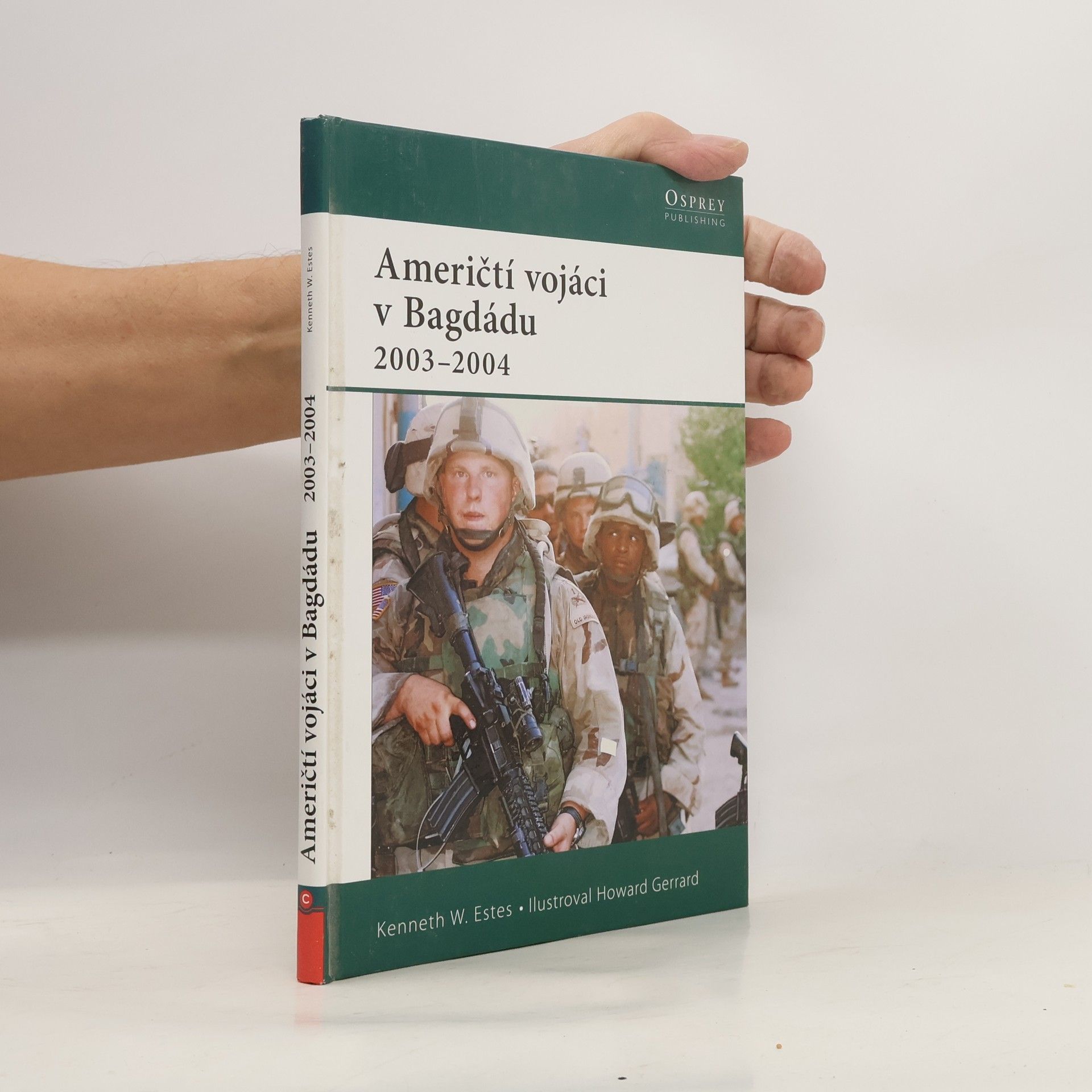Američtí vojáci v Bagdádu 2003-2004
- 59 Seiten
- 3 Lesestunden
V dubnu 2003 po krátkém boji získaly Spojené státy americké kontrolu nad Bagdádem. Byla vytvořena prozatímní koaliční autorita pro udržení pořádku a nová irácká vláda se stávala realitou. Tato kniha podrobně popisuje stabilizační operace a zkušenosti vojáků operační skupiny 1. obrněné divize Spojených států amerických, kteří žili a bojovali v těžkých podmínkách a jejichž aktivity byly ústředním bodem kontroverzních debat okolo počáteční okupace Iráku. Osobní zkušenosti vojáků z náboru, výcviku, ozbrojených bojů a jejich následků a účinků vyplynuly z rozhovorů a z nedávno zpřístupněných dokumentů a vysvětlují detaily této zásadní vojenské okupace.
